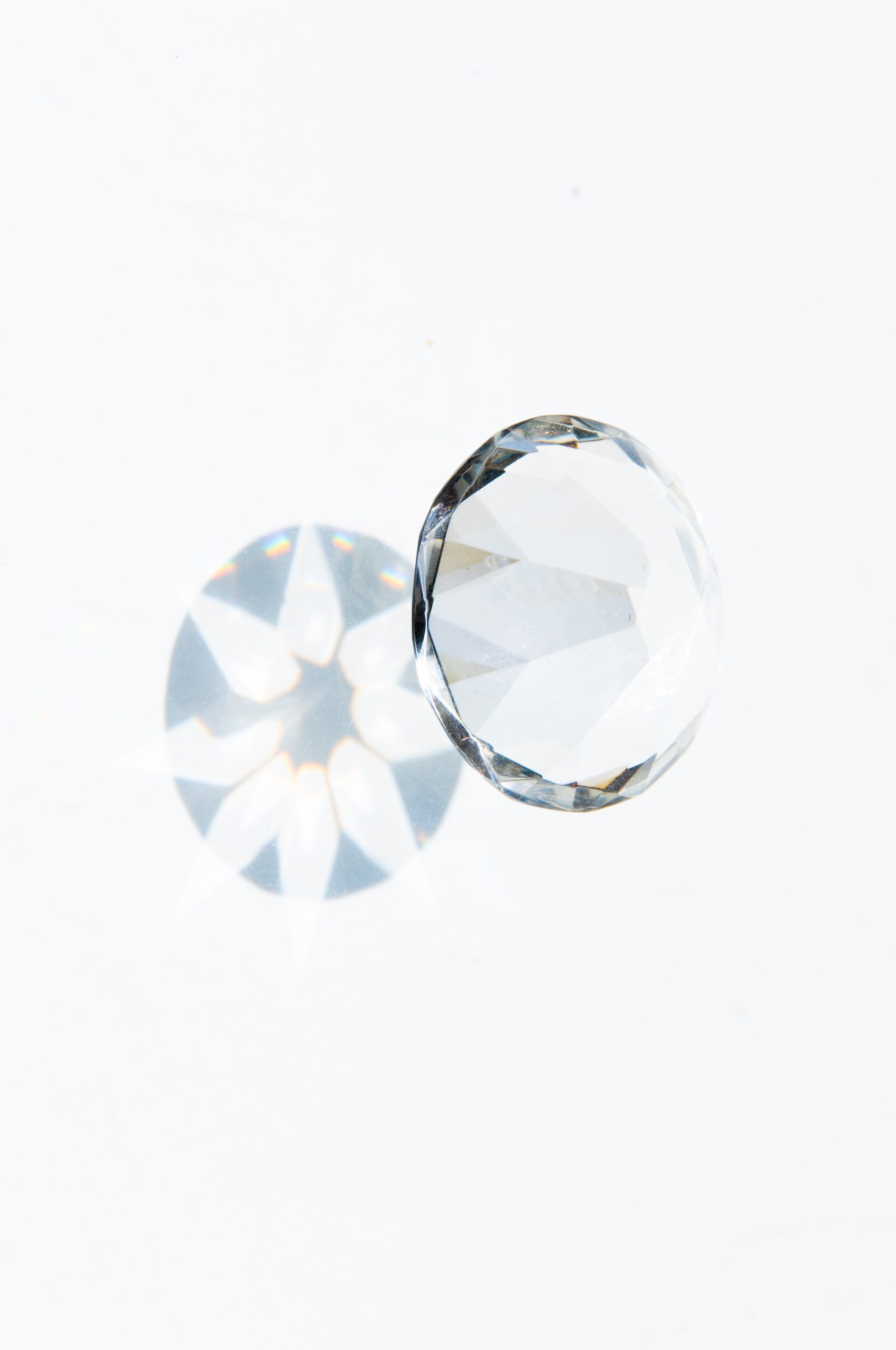“Nuclear” diamonds: how nuclear power plant waste can become long-term energy sources

Can a problem be turned into a resource? Yes, it is possible, but it is not simple and not suitable for all energy solutions. In 2016, the University of Bristol, in a public lecture, presented the theoretical possibility of using radioactive graphite used as a moderator in nuclear reactors, transforming it into a "Betavoltaic Battery", that is, a form of battery where radioactivity is transformed directly into energy without passing through the form of heat. The University of Bristol also made a prototype of a betavoltaic battery, but not based on Carbon 14, but on Nickel.
Here is the step forward: in 2020 Arkenlight was born, a company founded by the researcher who was developing the betavoltaic battery in Briston and a chemist, who aims to commercialize a carbon 14 battery transformed into diamond, the size of a fingernail. . The idea is to create, after the prototypes, then the plant for mass production. Phase 1 prototypes were built in 2021
The 1st phase of prototyping our CVD diamond Tritium betavoltics. They have traveled 12,000 miles round-trip to Japan and back. Inside the Kyoto University Reactor for 1 hour at 5 MW power, they have had Tritium transmuted into their lattice making them the first of their kind! pic.twitter.com/1obqEFseIn
– Arkenlight (@arkenlight) April 25, 2021
What are the advantages and disadvantages, at least for now, of betavoltaic batteries compared to chemical ones, such as alkaline or lithium? Conventional chemical or “galvanic” batteries, such as the lithium-ion cells of a smartphone or the alkaline batteries of a remote control, are great for delivering a lot of energy for a short period of time. A lithium-ion battery can only run for a few hours without being recharged, and after a few years it will have lost a substantial fraction of its charge capacity. Nuclear batteries or betavoltaic cells, by comparison, produce small amounts of energy over a long period. They don't produce enough energy to power a smartphone, but, depending on the nuclear material used, they can deliver a steady stream of electricity to small devices for millennia.
Betavoltaic effects had already been discovered in the seventies, but the problem was linked to the limited uses possible for this type of product. Cardiac pacemakers were made capable of using them, which would never require a battery change. Today, with the extreme advancement of electronics, on the other hand, the potential applications are innumerable, from sensors, to satellites, to microelectronics, to everything, wearable, which requires little energy, but for very long periods. for these batteries you can imagine a future in which you change the object, but you keep the battery that is passed from one object to another.
Obviously many people don't like the idea of having something radioactive near them, but the health risks from betavoltaics are comparable to those of emergency red neon signs, which use a radioactive material called tritium to get their characteristic. red glow. Unlike gamma rays or other more dangerous types of radiation, beta particles can be stopped by a shield of a few millimeters. “Usually the battery wall is enough to block any emissions,” says Lance Hubbard, a materials scientist at Pacific Northwest National Laboratory who is not affiliated with Arkenlight. "The interior is hardly radioactive at all and that makes them very safe for people." Furthermore, he adds, when the nuclear battery runs out, it decays into a stable state, meaning no nuclear waste remains.
A not insignificant advantage is the fact that their use enormously reduces the volume of nuclear waste to be stored in hundreds, if not thousands, of years. These are researches only at the beginning, but with promising implications.

Thanks to our Telegram channel you can stay updated on the publication of new articles of Economic Scenarios.
The article “Nuclear Diamonds”: how nuclear power plant waste can become long-term energy sources comes from ScenariEconomici.it .
This is a machine translation of a post published on Scenari Economici at the URL https://scenarieconomici.it/diamanti-nucleari-come-i-rifiuti-delle-centrali-nucleari-possono-diventare-fonti-di-energia-a-lungo-termine/ on Sat, 24 Sep 2022 09:00:26 +0000.
